Systems Analysis and Design: Population and Sustainability Essay
VerifiedAdded on 2022/08/18
|5
|960
|14
Essay
AI Summary
This essay, prepared for a Systems Analysis and Design course, delves into the critical issues of population and sustainability. It examines the views of various experts on overpopulation, carrying capacity, and the environmental impact of a growing global population. The essay explores the challenges of feeding a projected 9 billion people by 2050, discussing potential solutions such as increased food production, efficient food preservation methods, and the role of technology. It also analyzes the benefits and drawbacks of population growth, including genetic diversity, and addresses the impact of industrialization on the Earth's atmosphere and resources. The essay references scientific data and expert opinions to provide a comprehensive overview of the complex relationship between population, environmental sustainability, and resource management, emphasizing the need for global cooperation and innovative solutions to ensure a sustainable future. The essay argues that while overpopulation poses significant challenges, advancements in technology and food production offer hope for managing these issues effectively.
1 out of 5
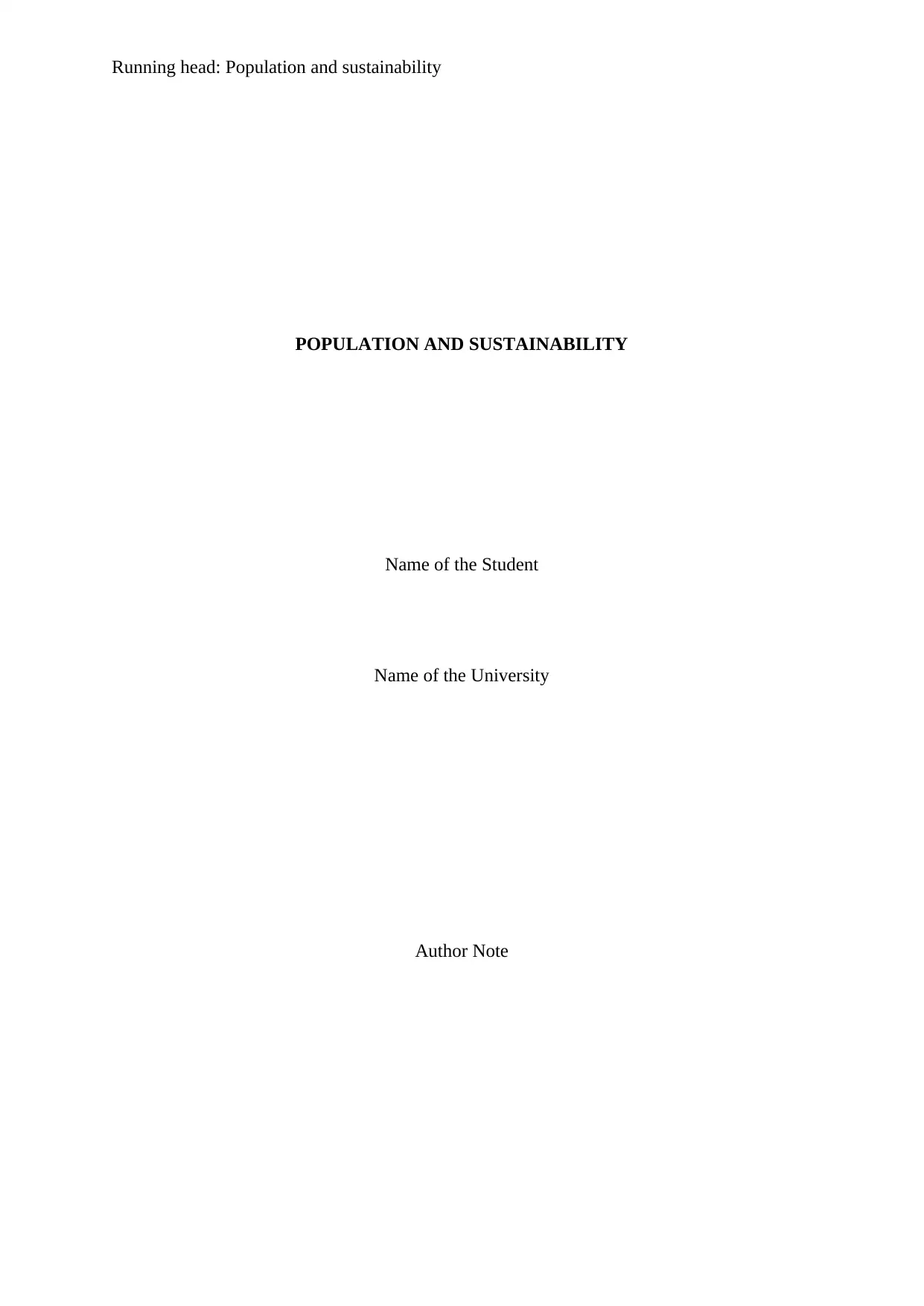
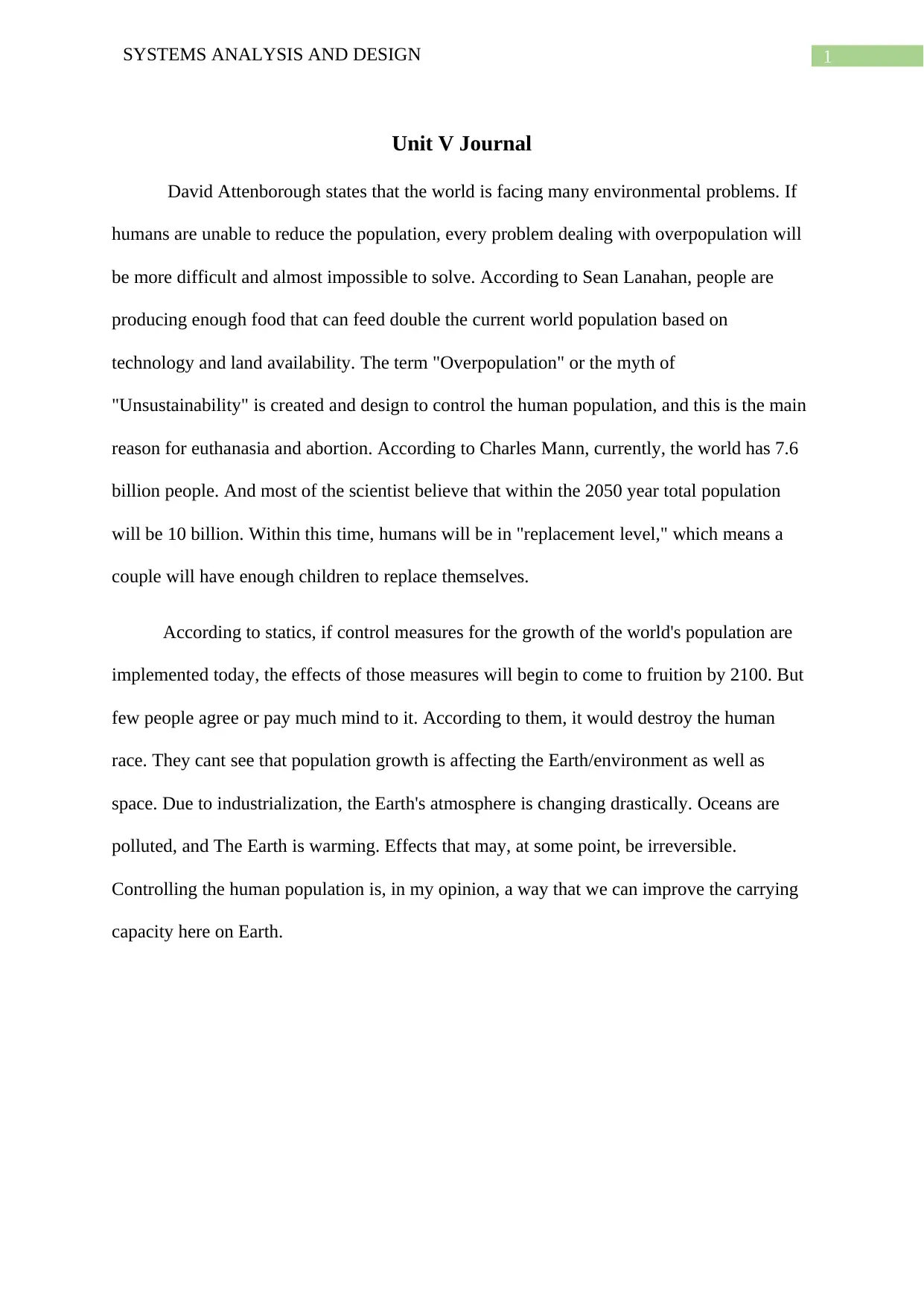
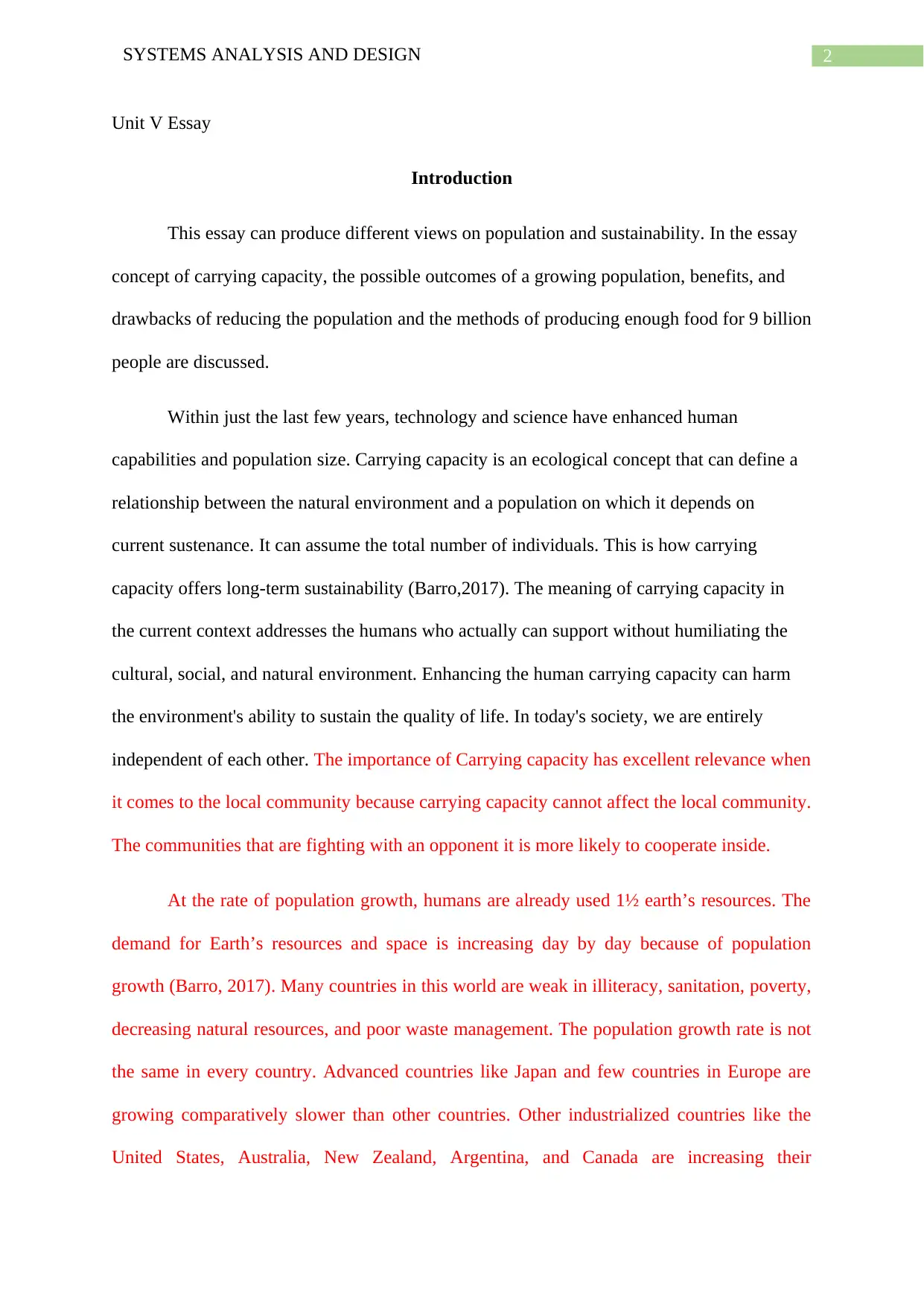

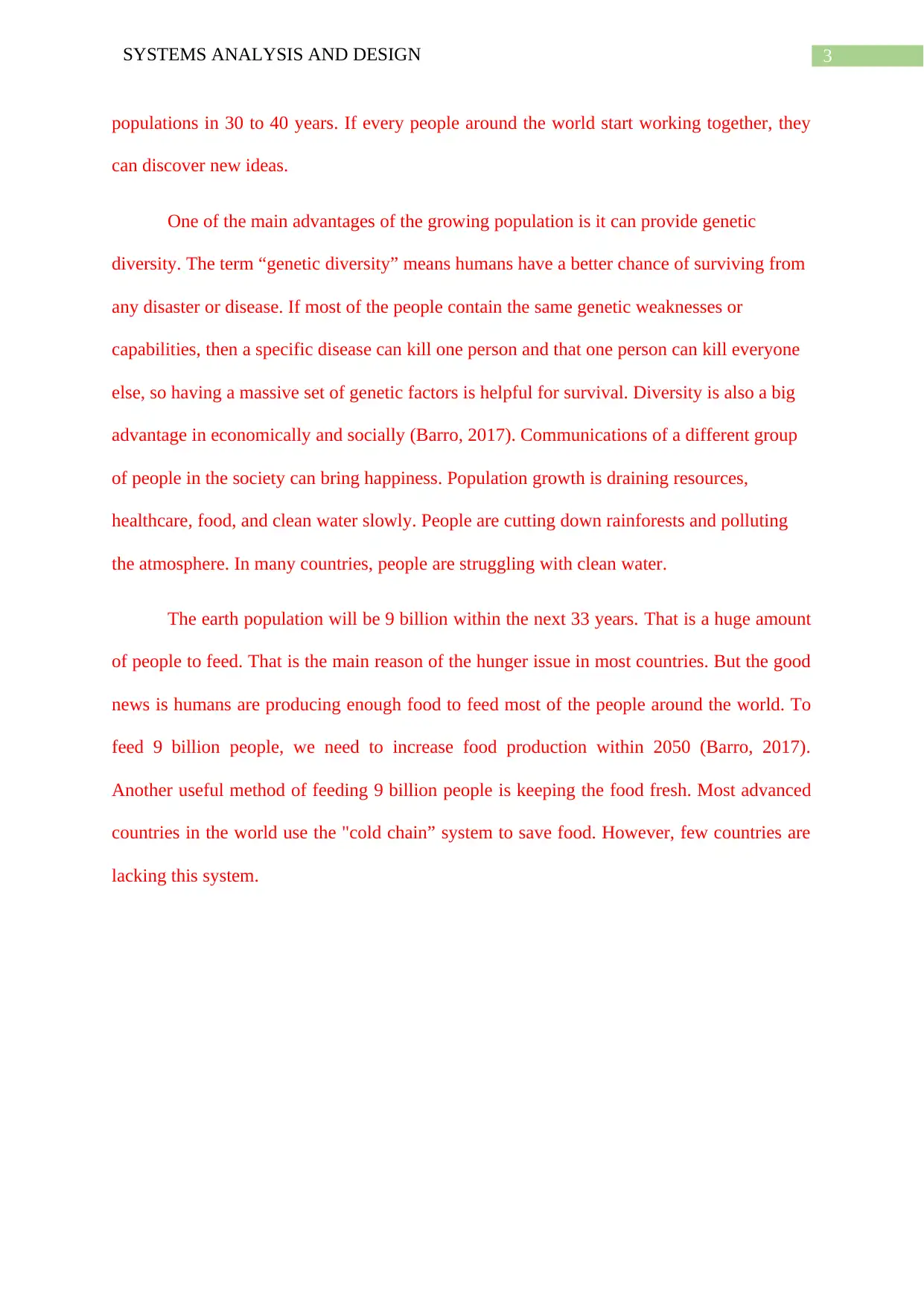
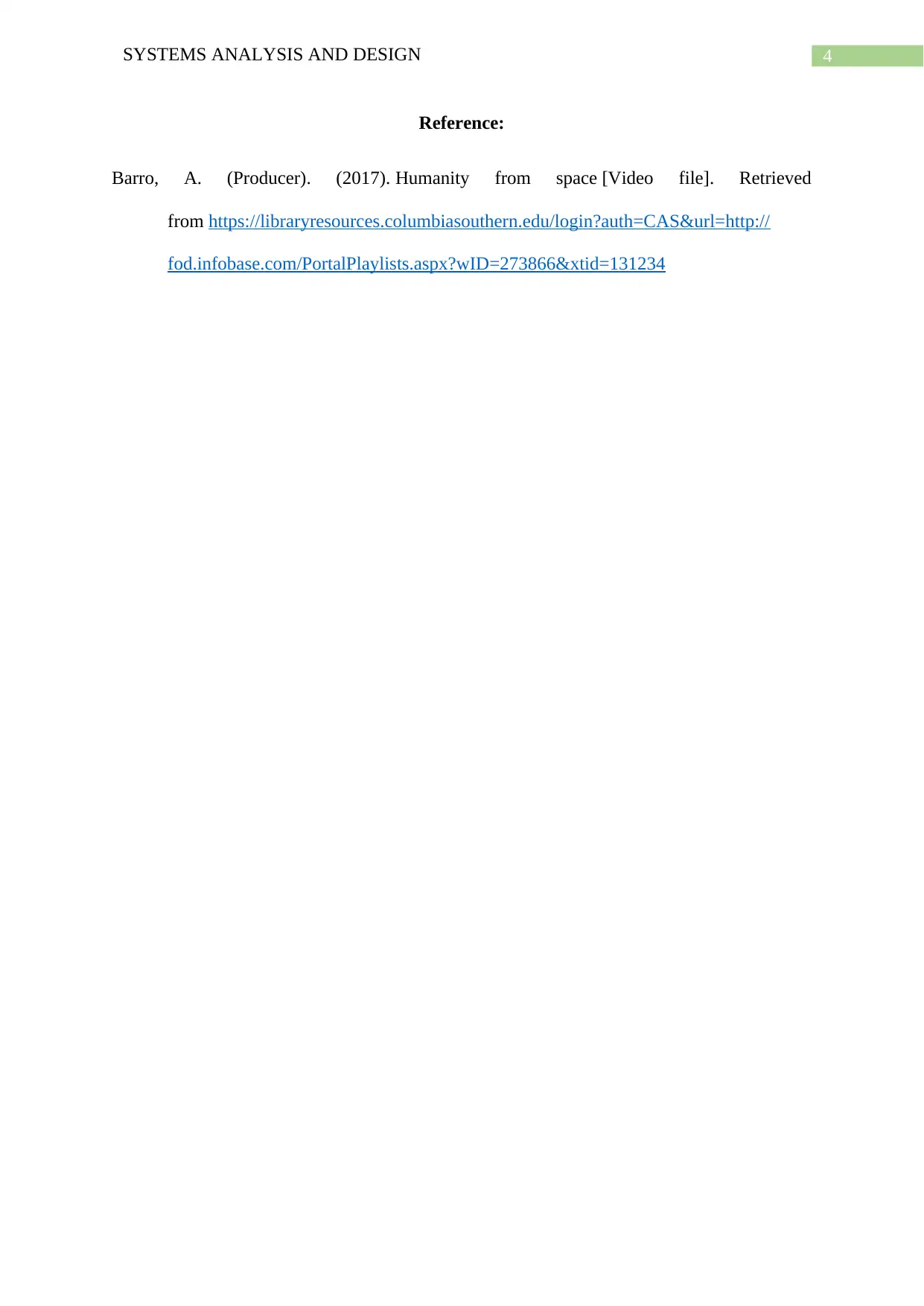






![[object Object]](/_next/static/media/star-bottom.7253800d.svg)